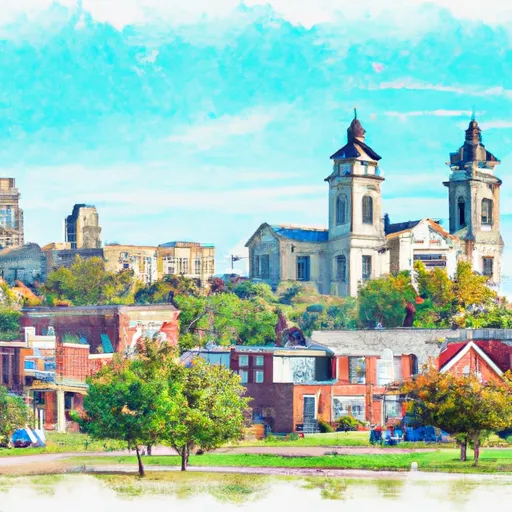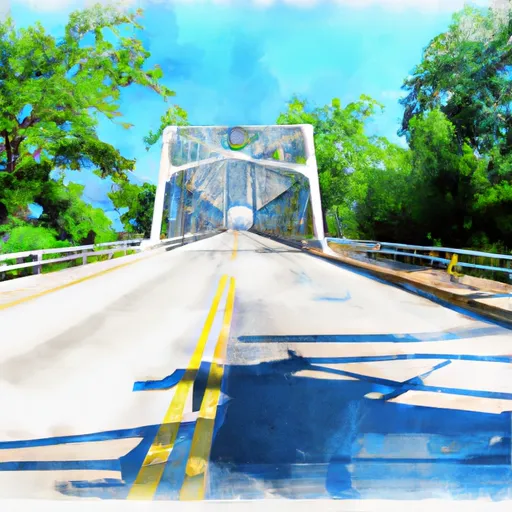°F
°F
mph
Windspeed
%
Humidity











Saint James is a small town located in central Missouri, known for its pleasant climate, diverse hydrology, and abundant outdoor recreation opportunities. The town experiences a humid continental climate, characterized by hot summers and cold winters. Average high temperatures range from around 88°F (31°C) in the summer to 42°F (6°C) in the winter, with occasional snowfall.
Saint James sits in the midst of a region enriched with water bodies, including the Big Piney River, Bourbeuse River, and numerous creeks, providing ample opportunities for water-related activities. These hydrology constituents create scenic landscapes, making the area popular for fishing, canoeing, kayaking, and swimming. Hiking enthusiasts can explore the nearby Maramec Spring Park, offering picturesque trails and a stunning natural spring.
In addition to water activities and hiking, Saint James offers opportunities for camping, picnicking, and wildlife viewing in its surrounding parks and conservation areas. The town is home to Maramec Spring Trout Park, a popular fishing destination, and boasts numerous parks with playgrounds and sports facilities for family-friendly outdoor activities.
Overall, Saint James provides a pleasant climate, diverse hydrology, and a range of outdoor recreation opportunities, making it an attractive destination for nature lovers and outdoor enthusiasts.
Weather Forecast
Saint-James receives approximately 1123mm of rain per year, with humidity levels near 86% and air temperatures averaging around 13°C. Saint-James has a plant hardyness factor of 6, meaning plants and agriculture in this region thrive during a short period during spring and early summer. Most plants will die off during the colder winter months.
Regional Streamflow Levels
112
Cubic Feet Per Second
26
Cubic Feet Per Second
10
Cubic Feet Per Second
3
Cubic Feet Per Second
Nearby Camping
| Camping Area | Reservations | Toilets | Showers |
|---|---|---|---|
| Graham Cave State Park | |||
| Alley Spring - Ozark National Scenic River | |||
| Hermann City RV Park | |||
| Paydown Access - MDC | |||
| Chamois Access - MDC | |||
| Poverty Point Reservoir State Park |



